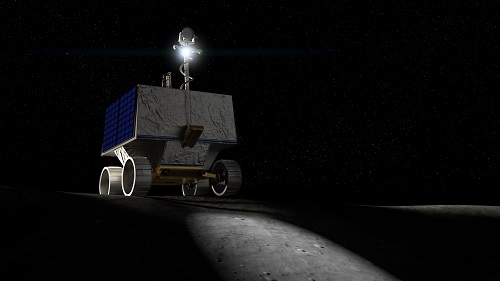Astrophysics & Planetary Sciences Colloquium
The MOSFIRE Deep Evolution Field (MOSDEF) Survey: A Detailed Census of the Physics of Galaxy Formation in the Early Universe
When
-
This colloquium is in-person and online.
CANCELLED: The MOSFIRE Deep Evolution Field (MOSDEF) Survey: A Detailed Census of the Physics of Galaxy Formation in the Early Universe
When
-
This colloquium has been cancelled
Dragonfly: In Situ Exploration of Titan's Prebiotic Chemistry and Habitability
When
-
Abstract: Saturn's largest moon, Titan, is an ocean world with a dense atmosphere, abundant complex organic material on its icy surface, and a liquid-water ocean in its interior. The joint NASA-ESA Cassini- Huygens mission revealed Titan to be surprisingly Earth-like, with active geological processes and opportunities for organic material to have mixed with liquid water on the surface in the past. These attributes make Titan a singular destination to seek answers to fundamental questions about what





